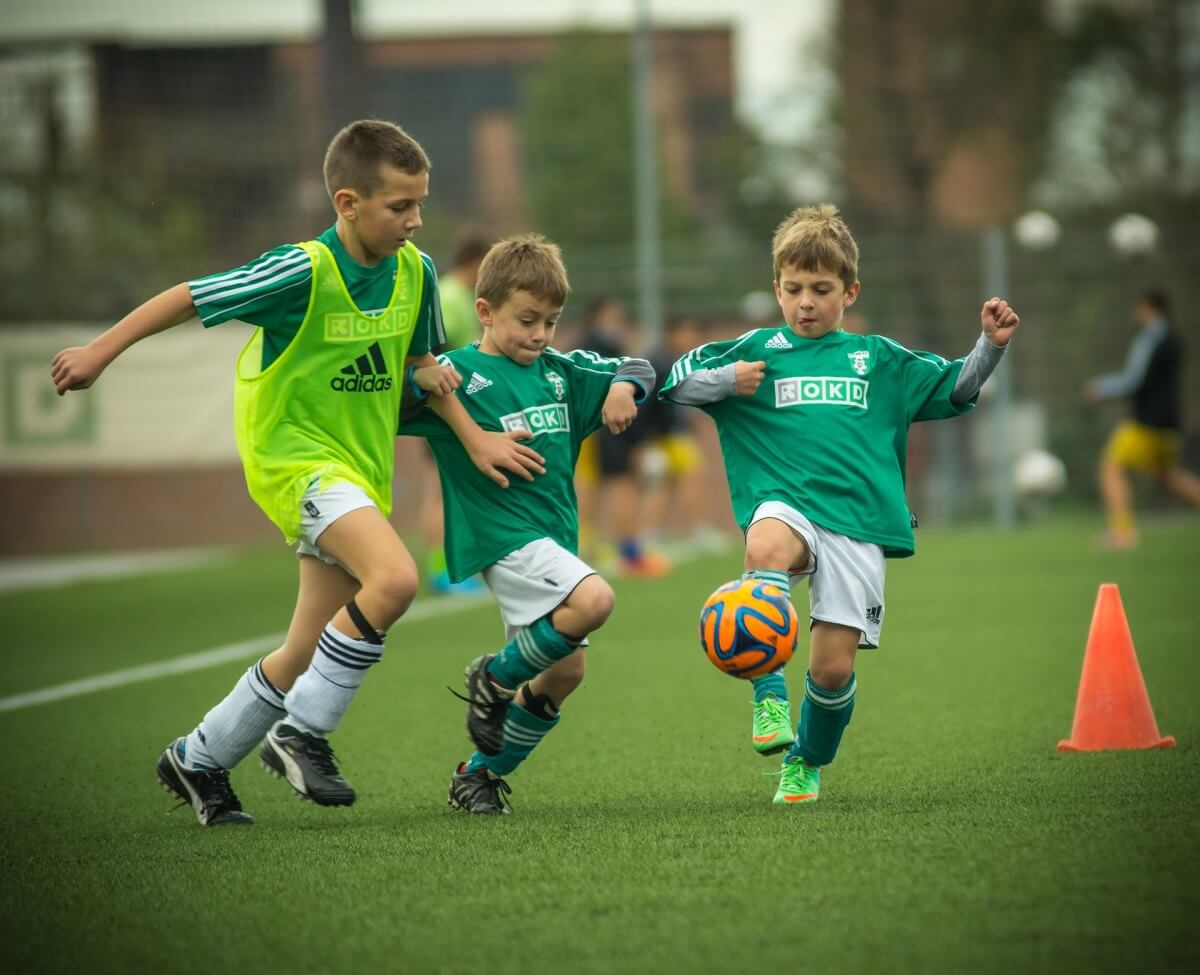
Purposeful competition has the potential to be one of the most growth-enhancing experiences for youth. The tragedy is that sports and other forms of contest have as much potential for harm as benefit, and relatively few coaches and physical educators have been prepared with the knowledge, training, and skills needed to avoid the pitfalls and guide youth toward purposeful competition.
What is purposeful competition? In short, it is competition at its best. To elaborate, it is useful to consider the two key terms: purpose and competition. Purpose, according to the developmental psychologist William Damon, is “a stable and generalized intention to accomplish something that is at once meaningful to the self, and of consequence to the world beyond the self” (Damon, Menon, & Bonk, 2003, p. 121). Well-designed sport experiences, which facilitate long-term goal development and “beyond the self” thinking, can provide a rich and valuable template for purpose formation.
We all know what competition is, right? Interestingly, the word is often misused in our everyday talk (Shields & Bredemeier, 2011a). Researchers have discovered that people actually have two quite different understandings of what they are doing when they compete (Shields, Funk, & Bredemeier, 2015a, 2016). In fact, without realizing it, we almost all shift back and forth between contrasting ways of thinking about contesting. One way is consistent with the etymology of the word (com-petition literally means “to strive with”), while the other not only deviates from the true meaning of competition, it often leads to harmful outcomes.
In the following paragraphs, we elaborate on the implications of these two key terms – purpose and competition – and explain why we believe they should be core components of coach and physical educator training. We also endeavor to make the case for including both concepts within the new National Physical Education Standards that are currently under revision within SHAPE America.
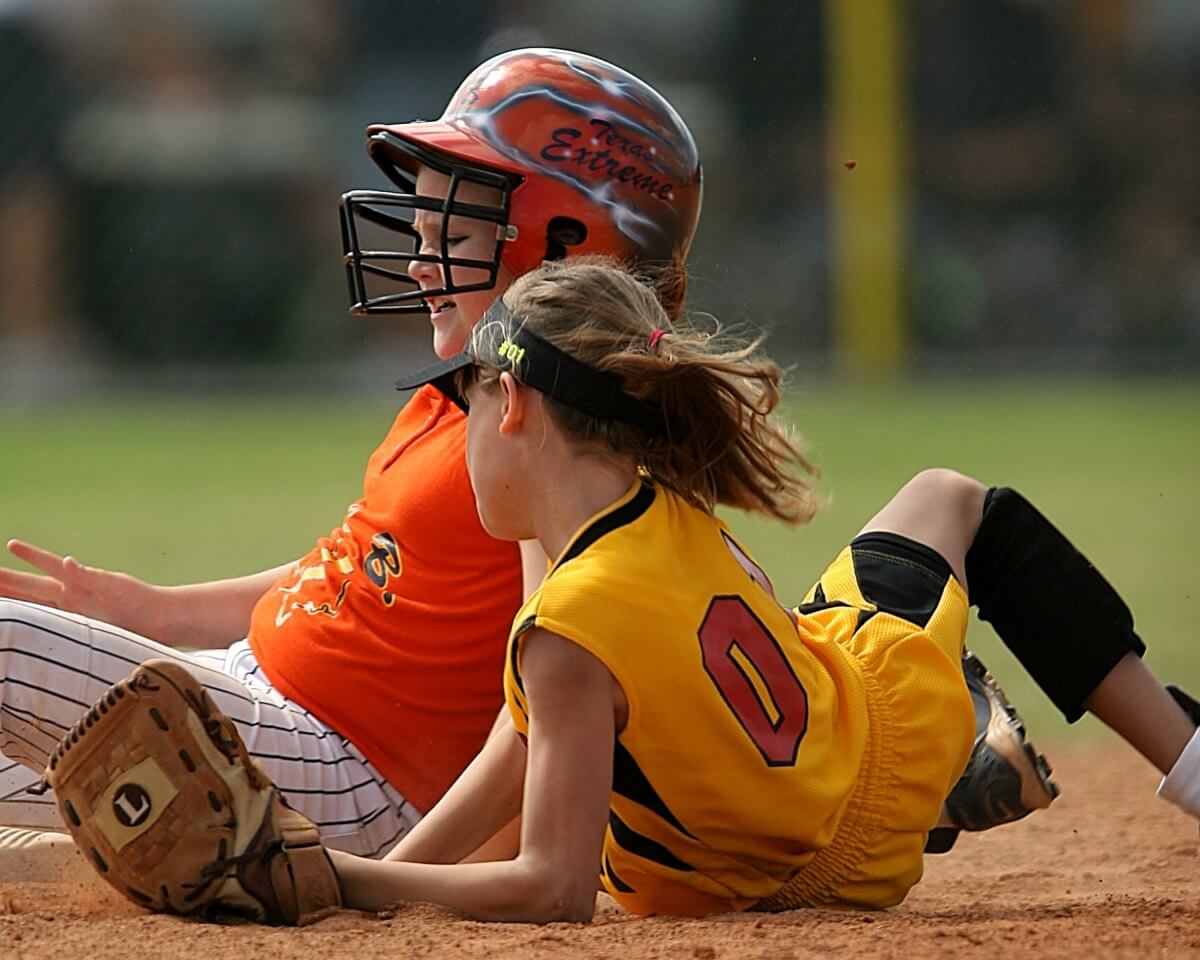
The Importance of Purpose
Social Emotional Learning has been held in high regard of late within the HPE setting (for more information, consider further reading like Teaching Social and Emotional Learning in PE, Wright & Richards, 2021). Character Education and SEL curricular pieces have been swirling around rather prominently as folks try to decipher how best to assist students’ development toward responsible maturity. If character is defined broadly to include intellectual, moral, civic, and performance dimensions (Shields, 2011), it is easy to see how helping people develop a sense of purpose is central to many aspects and goals of character education. In this connection, it is worth quoting at length from Damon, Menon, and Bronk, (2003):
Research has shown that the personal effects of purposelessness may include self-absorption, depression, addictions, and a variety of psycho-somatic ailments, and the social effects may include deviant and destructive behavior, a lack of productivity, and an inability to sustain stable interpersonal relations (Damon, 1995). On the positive side, it is likely that purpose during youth leads to a number of desired outcomes, such as prosocial behavior, moral commitment, achievement, and high self-esteem (p. 120).
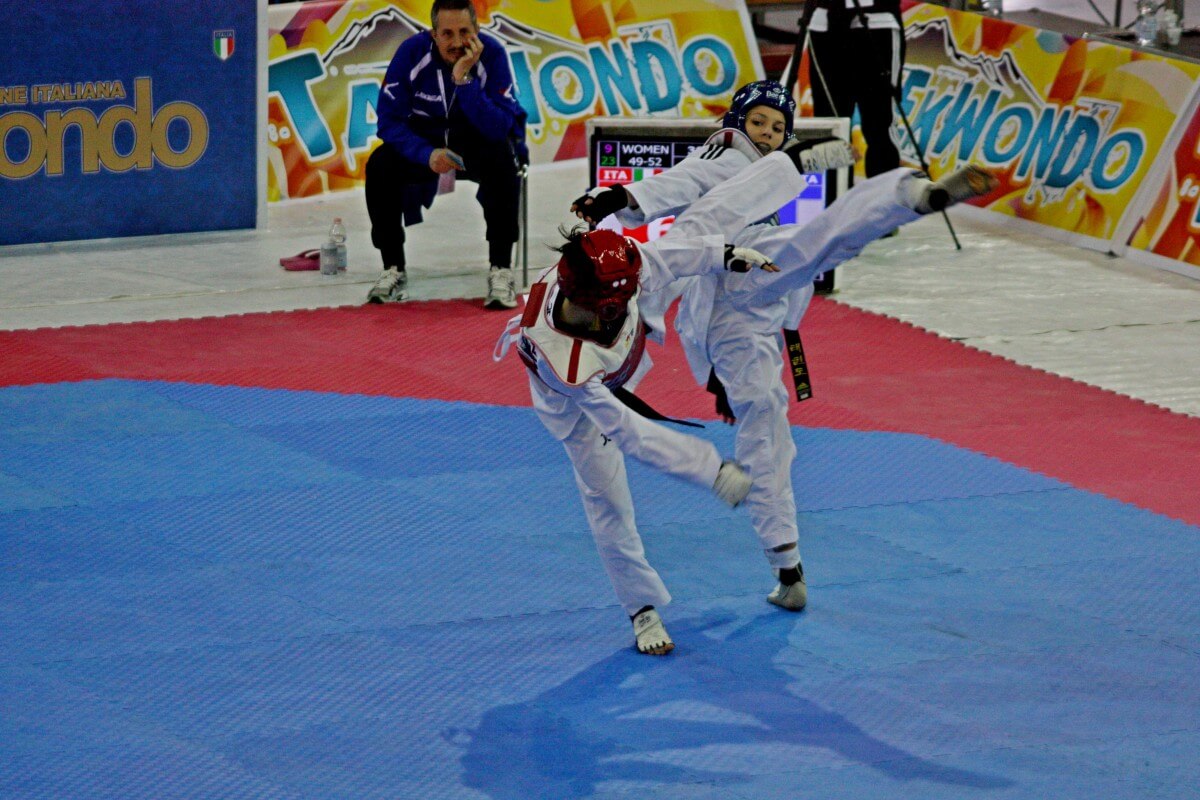
Given the strong negative associations with purposelessness, it is disturbing that Damon’s (2008) research reveals that many young people’s lives are adrift when it comes to developing a sense of purpose. Enter sports and physical education. Coaches and teachers can play a significant and pivotal role in helping young people move forward on their path toward purpose, but it will not happen without intentionality. These educators can take advantage of the mentoring relationships they have with youth, as well as implicit lessons built into sport and physical education settings. What are some of these purpose-facilitating themes? While bumper sticker catchphrases grossly oversimplify, we can still see the potential in slogans like “there are no shortcuts,” “keep your eye on the prize,” “dream big,” and “for the love of the game.” With guidance, sports can help youth become goal-oriented, seek their goals with dedication, and appreciate how they can contribute to others (Shields & Bredemeier, 2010, 2011b).
Recovering True Competition
Is your opponent an enemy or a partner? That seemingly simple question has astonishingly deep and profound implications. In their groundbreaking book, Metaphors We Live By, George Lakoff and Mark Johnson (1980) demonstrated that much of our everyday thinking is unconsciously influenced by metaphors. And so it is with sports and others forms of contesting.
Consider the two primary metaphors used to think about sports. Research has shown that people sometimes think of contests through a metaphor of war; at other times, through a metaphor of partnership (Shields, Funk, & Bredemeier, 2015a). It is important to keep in mind, people don’t consciously or deliberately choose to use one or the other of these metaphors. Due to previous experience (socialization) and what’s happening at the moment (contextual cues), people pre-consciously, without thinking about it, mentally activate one or the other metaphor. They may unconsciously start to think of the game as a miniature war; the opponent as their enemy; their goal as conquering the opposition, and so on. Alternately, they may think of the game as a partnership; the opponent as someone pushing them to achieve excellence; the striving to win as an opportunity to experience the exhilaration of performing at the boundaries of one’s abilities.
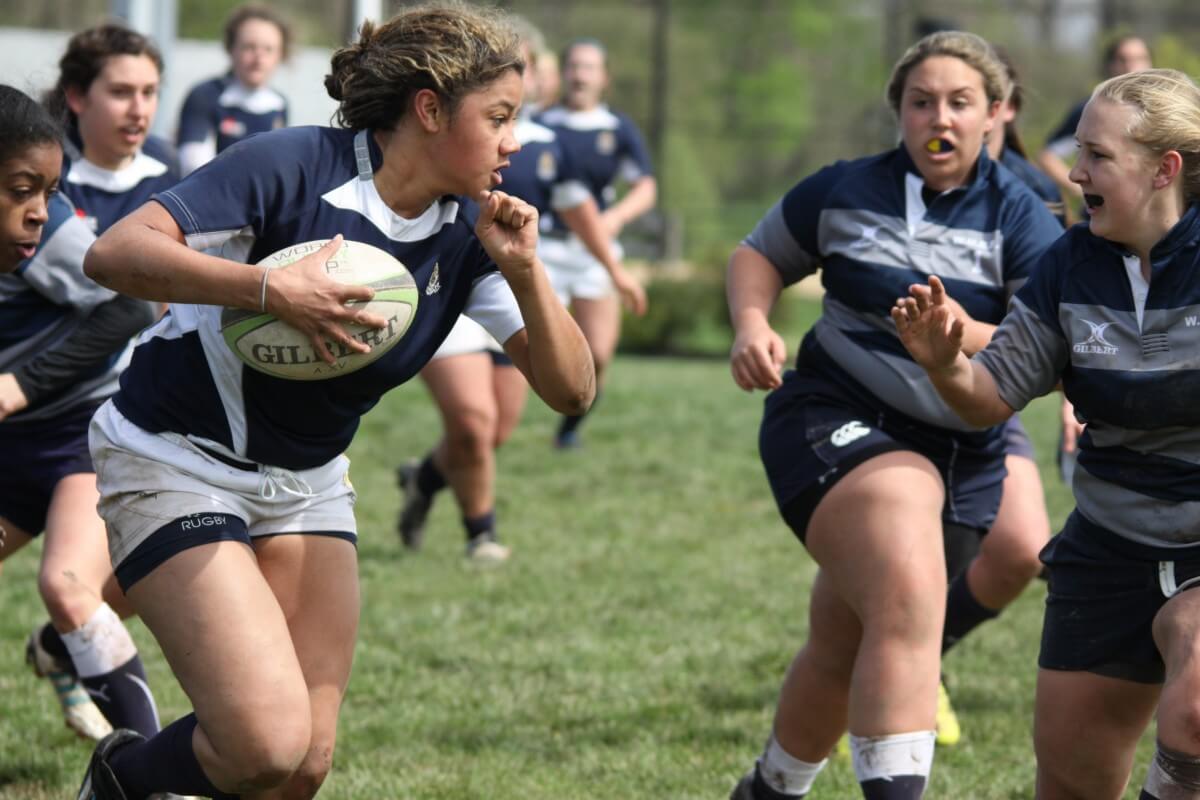
Both metaphors contain elements of truth. Many sports, for example, were originally used to train soldiers for war and the win-lose, zero-sum dimension of contests can make them feel like battles for a limited resource. Still, it is the latter metaphor – the partnership metaphor – that is congruent with the original and true meaning of the word competition. For that reason, sport psychologists David Shields and Brenda Bredemeier (2009) refer to contesting that reflects the war metaphor as decompetition (the prefix “de- “means “reverse of”).
Everyone sometimes thinks about contests through a war metaphor, and at other times through a partnership metaphor. But people also have strong individual preferences. Some people are much more likely to tap into the war metaphor; others, the partnership metaphor. And these individual inclinations are far from insignificant. Research has demonstrated that those who are more inclined to think about contesting as a battle or war are also more likely to cheat, to disrespect opponents, to act in antisocial ways (Shields, Funk, & Bredemeier, 2018b), to dismiss ethical transgressions through moral disengagement strategies (Shields, Funk, & Bredemeier, 2015b), and to violate norms of sportspersonship (Shields, Funk, & Bredemeier, 2015a). On the positive side, those who are more inclined toward unconsciously framing the contest as a partnership are more likely to exhibit prosocial behavior (Shields, Funk, & Bredemeier, 2018b), have attitudes more in line with sportspersonship (Shields, Funk, & Bredemeier, 2015a), demonstrate higher levels of grit and self-control (Shields, Funk, & Bredemeier, 2018a), and have a more enhanced sense of purpose (Shields & Funk, 2019).
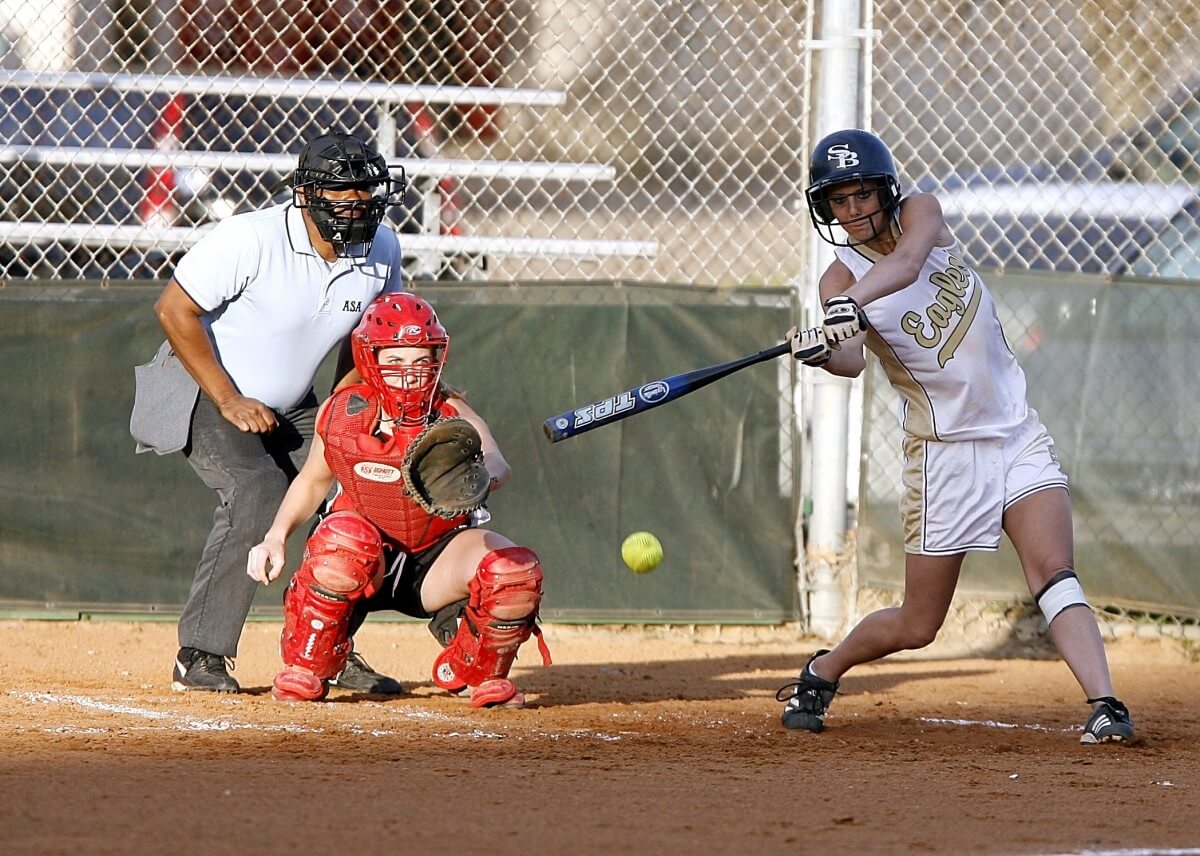
Beyond Sports
Sports and physical activity are important in themselves, and participation in them carries many physical and psychological advantages. But the potential benefits don’t stop at the game’s boundary or the final buzzer. There is much that youth can learn from sports about life beyond the game. Perhaps among the most important of these life lessons pertains to how to compete (Shields & Funk, 2011).
If we look at the various forms of competition in society – in business, in politics, in law, in education, as a few examples – we can see that when they function at their best, they promote a form of excellence (Shields, 2013). When businesses compete, products and services are improved. When politicians compete, public policies are enhanced. When lawyers compete in the courtroom, justice is promoted. Let us refer to excellence as the “original intent” of competition. Why, for example, did we make competition the core process of our economy? Answer: To encourage businesses to compete for consumers through trying to make their products or services more excellent.
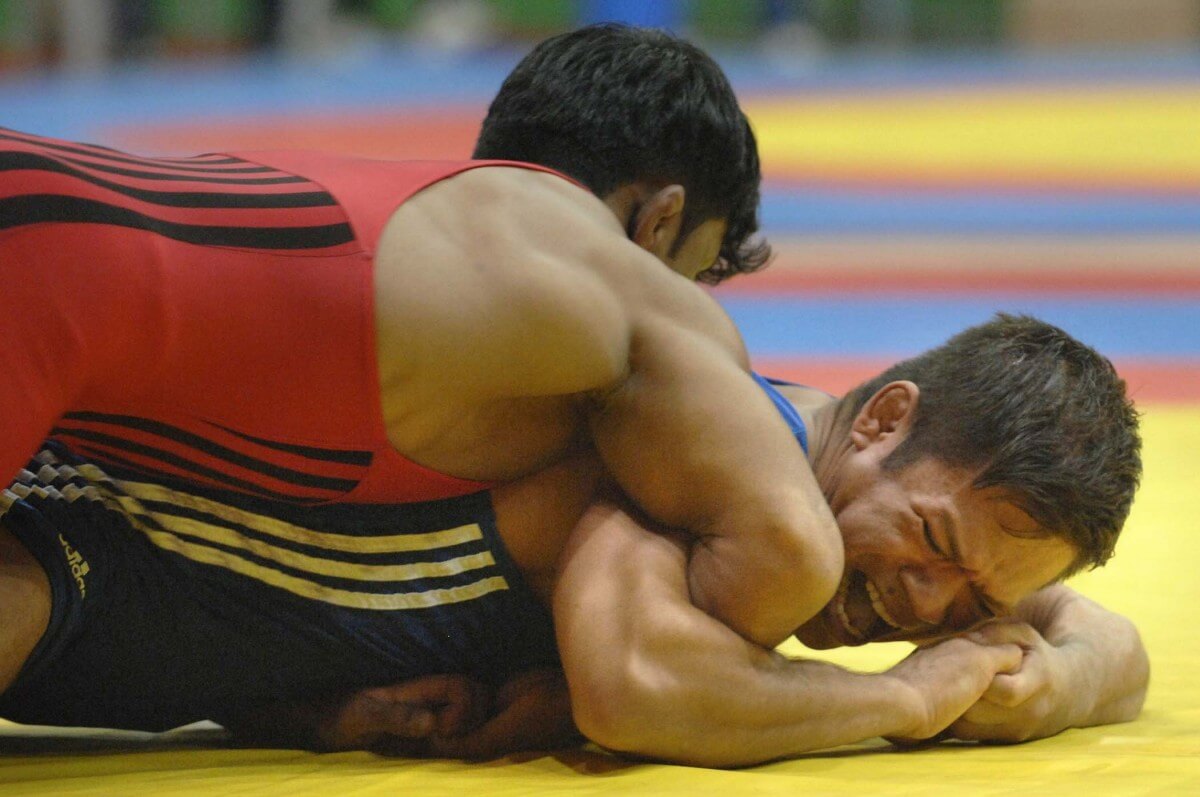
However, it is easy to become cynical. So much of what is claimed to be competition has devolved into a battle that results in dishonest business practices, politicians who are more focused on reelection than public service, lawyers who manipulate legal loopholes, and so on. Competition in these spaces silently shifted into decompetition without anyone noticing. When you read the last paragraph, did you find yourself arguing? “No, competition doesn’t lead to excellence.” The point is that so many of the negative practices and behaviors that we too often see displayed in contesting situations are a result of a largely unconscious shift from a partnership understanding of competition to one that springs from the war metaphor. The operational definition shifts from “striving with” to “striving against”, and the outcome shifts from “mutual benefit” to a mutual effort at symbolic annihilation. And we believe that without our intentional intercession on behalf of “striving with”, our society will blindly devolve further.
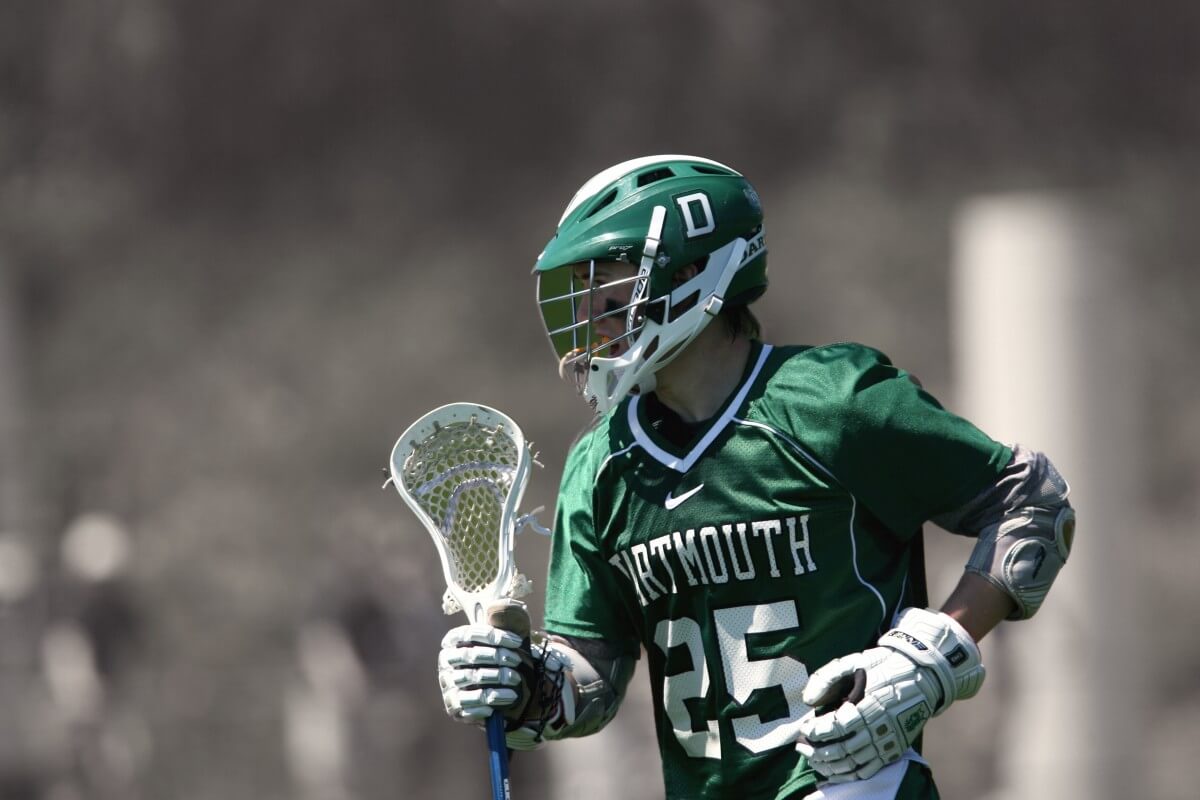
Taking Hold of Our Opportunity and Responsibility
Learning about how to teach physical skills, cognitive strategies, and good health practices are important parts of every coach or physical educator’s training. But is that enough? If we are interested in promoting character and socioemotional development, one of the richest opportunities that sport provides is its contest structure (Bredemeier & Shields, 2019; Shields & Bredemeier, 2010, 2011; Shields & Funk, 2011b).
Children, youth, and adults need to learn to recognize, name, and gain control over the metaphors they use in contesting situations. From all appearances, the war metaphor has gained cultural ascendancy, and not just in sports. Politicians view members of the other party as “enemies” and compromise as “surrender”. Businesses often promote sales through misleading advertising rather than improved services; weakened anti-trust laws have allowed corporate giants to avoid competition altogether. Even the educational arena has been filled with scandals related to competition for admissions, grades, scholarships, and so on. These “war” deviations from competition can also seep into personal relationships creating difficulties with trust and intimacy (Shields & Bredemeier, 2009).
It is time to give the old adage, “sports build character,” new life. Yes, it is possible for games and sports to build character, but it requires knowledgeable, skilled, and dedicated professionals who intentionally help participants learn the difference between competition and decompetition, to learn to manage the various forces that threatened to knock competition off-balance, leading to a fall into war-like thinking. It will require that these professionals infuse the whole competitive process with a sense of purposefulness that grounds both the individual and the process in an ethic of mutuality and excellence.
Too often when character becomes the focus of conversation, people equate character with being nice or polite. Or maybe it is reduced to being resilient and determined. In both cases, a key dimension of character is being neglected (Shields, 2011). To give the “sports build character” adage new life, we also need to emphasize that it isn’t just about being good and staying out of trouble. In fact, it is at least as much about, as John Lewis reminded us, getting into “good trouble” (Porter, 2020). It is about developing and acting on values that affirm the dignity, worth, and equality of all people. It is about challenging injustice, wherever it exists – on and off playing fields (Bredemeier & Shields, 2019). The partnership approach to purposeful competition can be a gateway into a more fully embodied character that is not watered down to shallow stereotypes of “the goody-goody kid” or the moralistic pretender. It is worth remembering that most of the people we revere as moral exemplars (Jesus, Ghandi, Martin Luther King, Jr., Mandela, for example) were often viewed by their contemporaries as trouble-makers.
In conclusion, purpose and contest-is-partnership belong in our National Standards, and those currently working to review and revise them should consider that change for all of the preceding reasons. Coaches and physical educators can, and often do, make a big difference in the lives of those they mentor. Let us boldly claim the extraordinary potential that we have as educators to promote purposeful competition that will extend to all life spheres.
References
Bredemeier, B., & Shields, D. L. (2019). Social justice, character education and sport: A position statement. Quest, 71, 202-214.
Damon, W. (1995). Greater expectations: Overcoming the culture of indulgence in our homes and schools. New York: Free Press.
Damon, W. (2008). The path to purpose: Helping our children find their calling in life. New York: The Free Press.
Damon, W., Menon, J., & Bronk, K. C. (2003). The development of purpose during adolescence. Applied Developmental Science, 7(3), 119-128.
Lakoff, G., & Johnson, M. (1980). Metaphors we live by. Chicago: University of Chicago Press.
Porter, D. (2020). John Lewis: Good trouble [film]. Magnolia Pictures.
Shields, D. (2011). Character as the aim of education. Phi Delta Kappan, 92(8), 48-53.
Shields, D. (2013, February 22). A more productive way to think about opponents. Harvard Business Review. Retrieved from https://hbr.org/2013/02/a-more-productive-way-to-think-about-opponents?autoconiplete=true
Shields, D., & Bredemeier, B. (2009). True competition: A guide to pursuing excellence in sport and society. Champaign, IL: Human Kinetics.
Shields, D., & Bredemeier, B. (2010). Ethics to excellence: Using mental maps to reclaim competition. Journal of Coaching Education, 3(2), 10-20.
Shields, D., & Bredemeier, B. (2011a). Contest, competition, and metaphor. Journal of the Philosophy of Sport, 38, 27-38.
Shields, D., & Bredemeier, B. (2011b). Why sportsmanship programs fail, and what we can do about it. JOPERD: Journal of Physical Education, Recreation & Dance, 82(7), 24-29.
Shields, D., & Funk, C. (2011). Teach to compete. Strategies: A Journal for Physical and Sport Educators, 24(5), 8-11.
Shields, D. L., & Funk, C. D. (2019). Predicting purposefulness among intercollegiate athletes. Journal of Character Education, 15, 41-55.
Shields, D. L., Funk, C. D., & Bredemeier, B. L. (2015a). Contesting orientations: Measure construction and the prediction of sportspersonship. Psychology of Sport and Exercise, 20, 1-10.
Shields, D. L., Funk, C. D., & Bredemeier, B. L. (2015b). Predictors of moral disengagement in sport. Journal of Sport and Exercise Psychology, 37, 646 -658.
Shields, D. L., Funk, C. D., & Bredemeier, B. L. (2016). Testing contest theory: Conceptual metaphors and prosocial behavior. Psychology of Sport and Exercise, 27, 213-221.
Shields, D. L., Funk, C. D., & Bredemeier, B. L. (2018a). Can contesting orientations predict grittier, more self-controlled athletes? Journal of Positive Psychology, 13, 440-448.
Shields, D. L., Funk, C. D., & Bredemeier, B. L. (2018b). Relationships among moral and contesting variables and prosocial and antisocial behavior in sport. Journal of Moral Education, 47, 17-33.
Wright, P. M., Richards, K. A. (2021). Teaching Social & Emotional Learning In Physical Education. JONES & BARTLETT LEARNING.





Well written article and great points!! This would be a great discussion with my students.